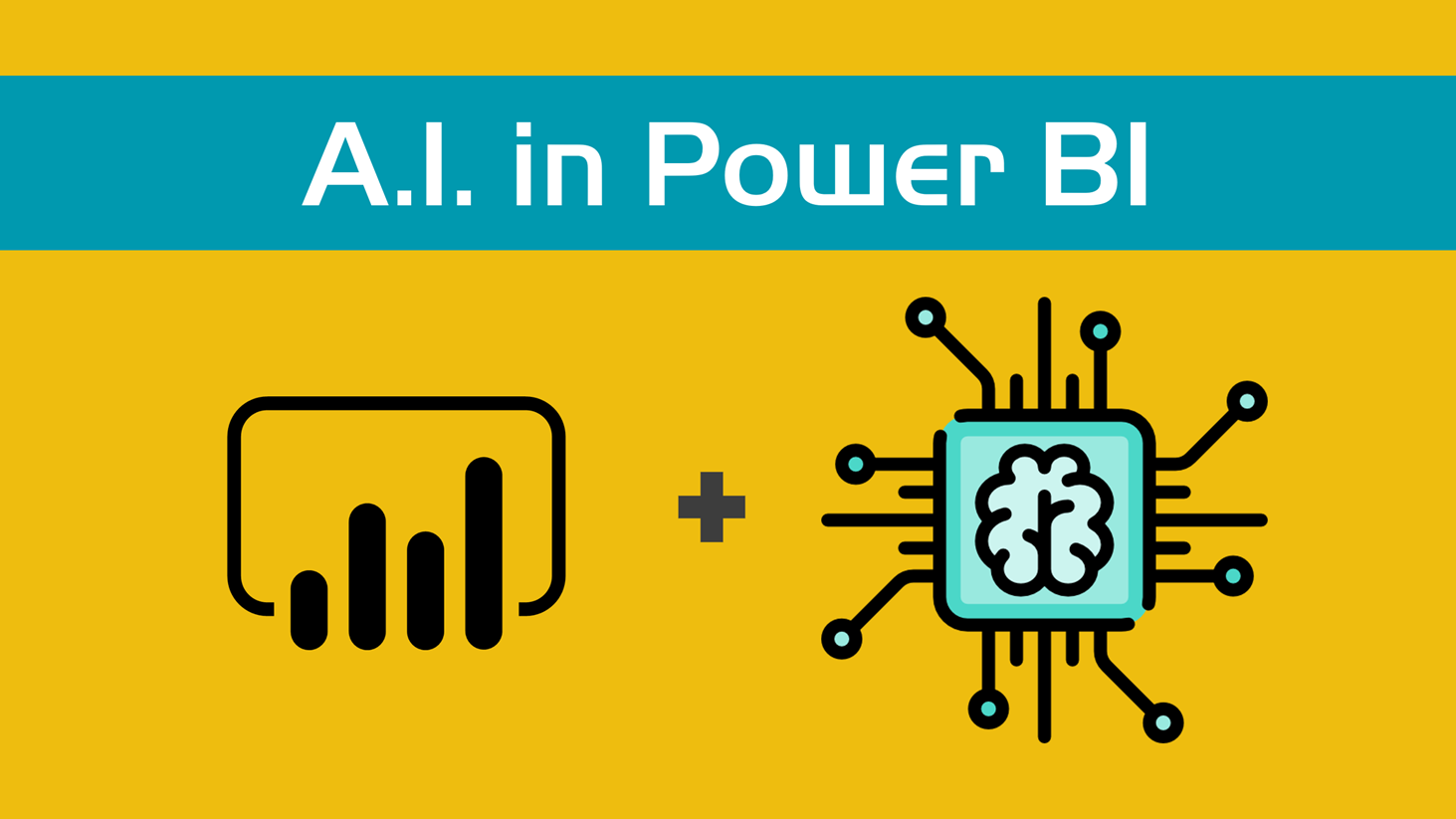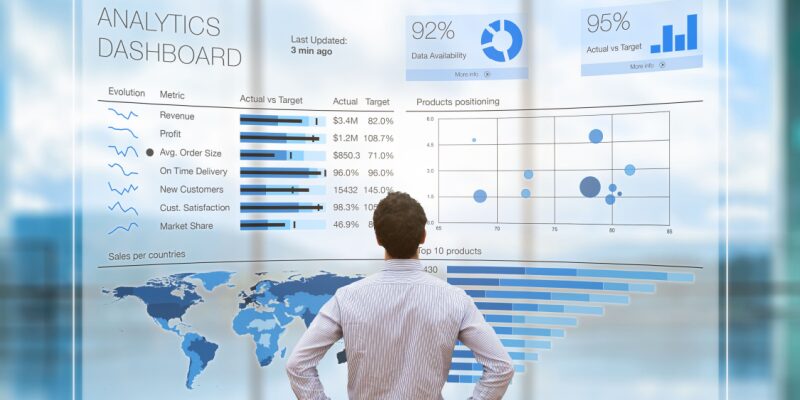In the era of data-driven decision-making, businesses are increasingly relying on advanced analytics tools to extract meaningful insights from their vast datasets. Microsoft's Power BI has emerged as a leading business intelligence platform, enabling organizations to visualize and analyze data effortlessly. When combined with the capabilities of Artificial Intelligence (AI), Power BI becomes a powerful tool for uncovering hidden patterns, predicting trends, and making informed decisions.
The Fusion of AI and Power BI:
-
Data Preparation and Cleansing:
AI algorithms integrated into Power BI can automate and streamline the data preparation process. This includes tasks such as cleaning, transforming, and combining data from various sources. AI helps ensure that the data used in Power BI reports is accurate, consistent, and ready for analysis.
-
Natural Language Processing (NLP):
With AI-driven NLP, Power BI users can interact with their data using natural language queries. This democratizes data access, allowing individuals without a technical background to ask questions and receive relevant insights. Users can simply type or speak their queries, and Power BI, powered by AI, translates these into actionable visualizations.
-
Advanced Analytics and Predictive Modeling:
AI extends the predictive capabilities of Power BI by enabling the creation of sophisticated machine learning models. Organizations can leverage these models to forecast future trends, identify outliers, and make data-driven predictions. This is particularly valuable for businesses seeking to anticipate customer behavior, optimize processes, and stay ahead of the competition.
- Model Development: Power BI supports the development of predictive models using various machine learning algorithms. Users can choose algorithms based on the nature of their data and the specific insights they aim to gain.
- Training and Testing: The models are trained using historical data, and their accuracy is tested against known outcomes. This iterative process ensures the model's reliability in making predictions on new data.
- Integration into Reports: Once trained, predictive models seamlessly integrate into Power BI reports. Users can visualize predictions alongside historical data, enabling a comprehensive view of trends and potential future outcomes.
-
Automated Insights:
AI algorithms in Power BI can automatically analyze data and generate insightful narratives. This automation brings the following benefits:
- Time Savings: Automated insights save time by eliminating the need for manual analysis. Users can receive valuable information without spending hours poring over datasets.
- Proactive Decision-Making: Organizations can stay ahead of the curve by receiving real-time automated insights. This allows for proactive decision-making and quick responses to changing conditions.
- Anomaly Detection: AI algorithms can identify anomalies and unusual patterns in the data, alerting users to potential issues or opportunities that may have gone unnoticed through traditional analysis.
By incorporating automated insights, Power BI becomes a dynamic tool that not only visualizes data but also interprets it, providing users with actionable information to drive better decision-making.
-
Image Recognition and Cognitive Services:
Integrating AI-driven image recognition and cognitive services into Power BI opens up new possibilities for data analysis. Users can extract insights from images, identify patterns in visual data, and enhance their understanding of complex datasets. This is particularly beneficial in industries such as healthcare, manufacturing, and retail.
-
Smart Data Visualizations:
AI-powered smart data visualizations in Power BI can automatically choose the most appropriate chart types based on the underlying data. This not only simplifies the process of creating visually appealing reports but also ensures that the visualizations effectively communicate the insights contained within the data.
NLP in Power BI goes beyond traditional query languages, enabling a more intuitive and accessible way to explore data. Users can ask questions in plain language, and the AI algorithms interpret and analyze the query to generate visualizations and insights. This feature enhances the user experience and promotes wider adoption of data analytics within organizations.
The integration of AI into Power BI is transforming the way organizations harness and interpret their data. By automating tasks, enhancing predictive analytics, and providing advanced capabilities like NLP and image recognition, AI empowers users to derive more value from their data. As businesses continue to navigate the complexities of a data-driven world, the synergy between AI and Power BI will play a pivotal role in driving innovation, improving decision-making, and gaining a competitive edge in the marketplace.
This predictive modeling capability is particularly valuable for businesses seeking to anticipate customer behavior, optimize processes, and stay ahead of the competition.
The integration of AI into Power BI is transforming the way organizations harness and interpret their data. By automating tasks, enhancing predictive analytics, and providing advanced capabilities like NLP and image recognition, AI empowers users to derive more value from their data. As businesses continue to navigate the complexities of a data-driven world, the synergy between AI and Power BI will play a pivotal role in driving innovation, improving decision-making, and gaining a competitive edge in the marketplace.






